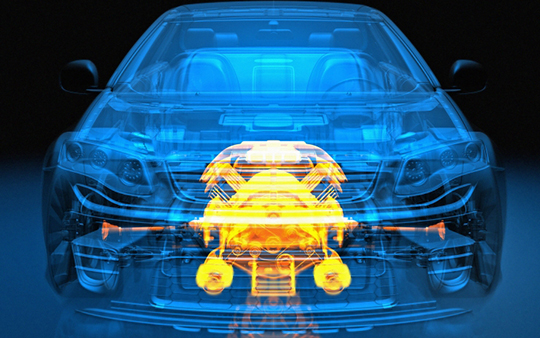It is often heard that some people complain that the quality of the battery is not good, and some people complain that the battery dealers are not right, but sometimes the quality of the battery itself is not a problem, but because our users use and maintain the battery improperly, causing damage to the performance of the battery. This paper summarizes the top ten skills to protect batteries and chargers, which is convenient for you to understand and learn.
1. Don't use inferior chargers. Poor quality charger voltage and current instability, poor heat dissipation, often used not only cause damage to the battery, or may cause fire.
2. Don't change the charger at will. The charger parameters of different electric vehicles are basically different. Don't change the charger or use someone else's charger when you don't know the charger.
3. It's best not to let the charger be bumped for a long time. Generally, the charger is rarely used to be broken, most of which are bumpy during riding, so the charger is not resistant to strong vibration, so the charger should not be placed in the trunk and basket of the electric bicycle. The charger can be packed with foam plastics to prevent vibration and jolt.
4. Get into the habit of charging every day. It is recommended that you charge every day, the battery life will be extended. If the lead-acid battery is often used without full charge, it will produce a kind of "memory", affect its mileage, and also lose the service life of the battery.
5. Every time you have to be fully charged. After the indicator light changes color, the charger seems to be fully charged on the surface, but the lead-acid battery is not. If the battery is fully charged, the lamp will continue to charge for a while to prevent the battery from sulfurizing.
6. Complete discharge at regular intervals. Under the condition of normal load on flat road, ride to the first undervoltage protection, and fully charge the battery after complete discharge. A regular full discharge of the battery is also conducive to "activation" of the battery, which can slightly improve the capacity of the battery.

7. Pay attention to the charging environment. The best ambient temperature for charging is 25 ℃. Overcharge or overcharge may occur in winter or summer. Therefore, batteries and chargers are usually arranged in a ventilated environment with room temperature of about 25 ℃.
8. Don't expose the battery to high temperature. Don't expose your electric car to the sun. If the temperature is too high, the internal pressure of the battery will increase, and the battery pressure limiting valve will be forced to open automatically. The direct consequence is to increase the water loss of the battery. The excessive water loss of battery will inevitably lead to the decline of battery activity, accelerated plate softening, shell heating, shell bulging, deformation and other fatal damage.
9. Develop a good habit of saving electricity. When you are about to encounter a red light or go downhill, you should use the power cut ahead of time to slow down as much as possible to minimize the braking. When starting, turn the handle slowly to avoid the impact of high current on the battery, and reduce the power loss and life damage of the battery.
10. Plug in the battery box before charging. Due to the large charging current of the battery, if the charger is inserted into the AC terminal first, the charger power supply will complete the start-up state, so once the battery is inserted, it will produce a large surge current, and the excessive surge current is easy to damage the charger, and has an impact on the service life of the battery. On the contrary, give the charger soft start process, so that the charging current will have a delay gradual rise start process, which is beneficial to the protection equipment.